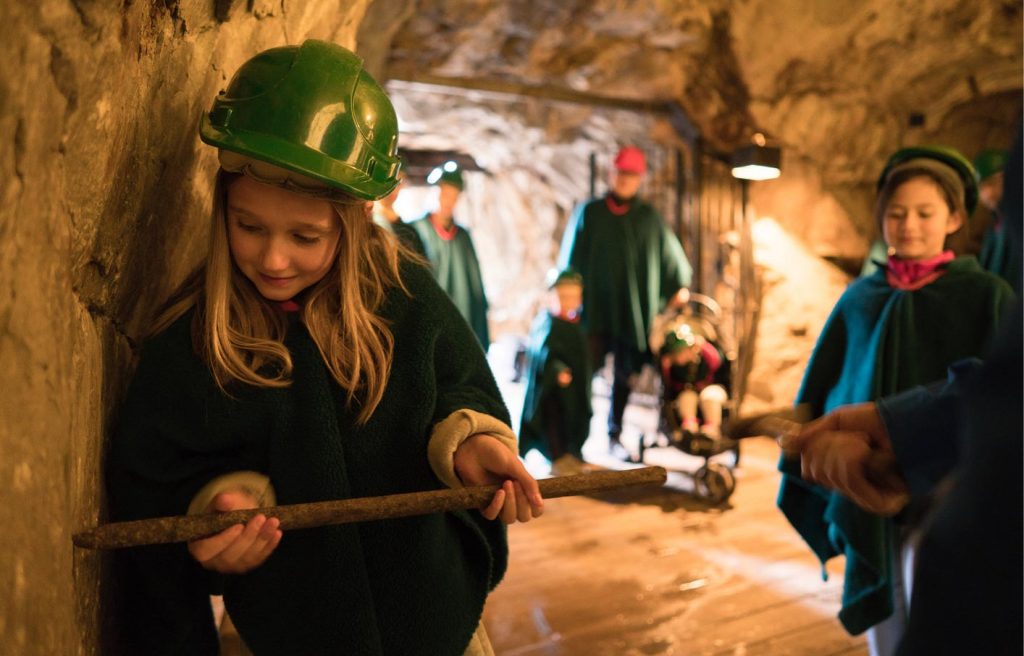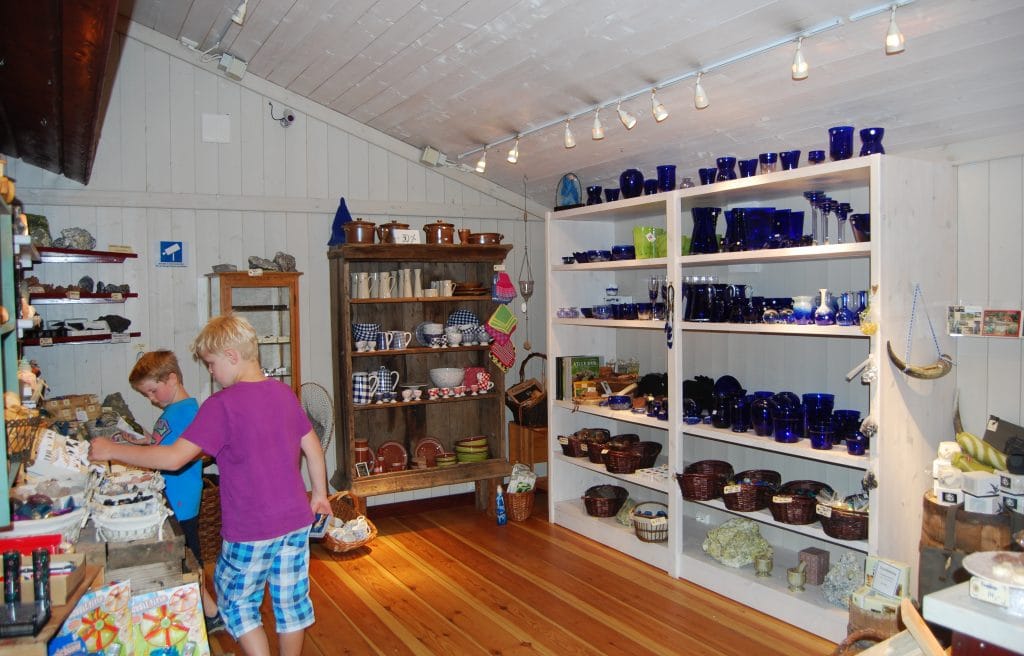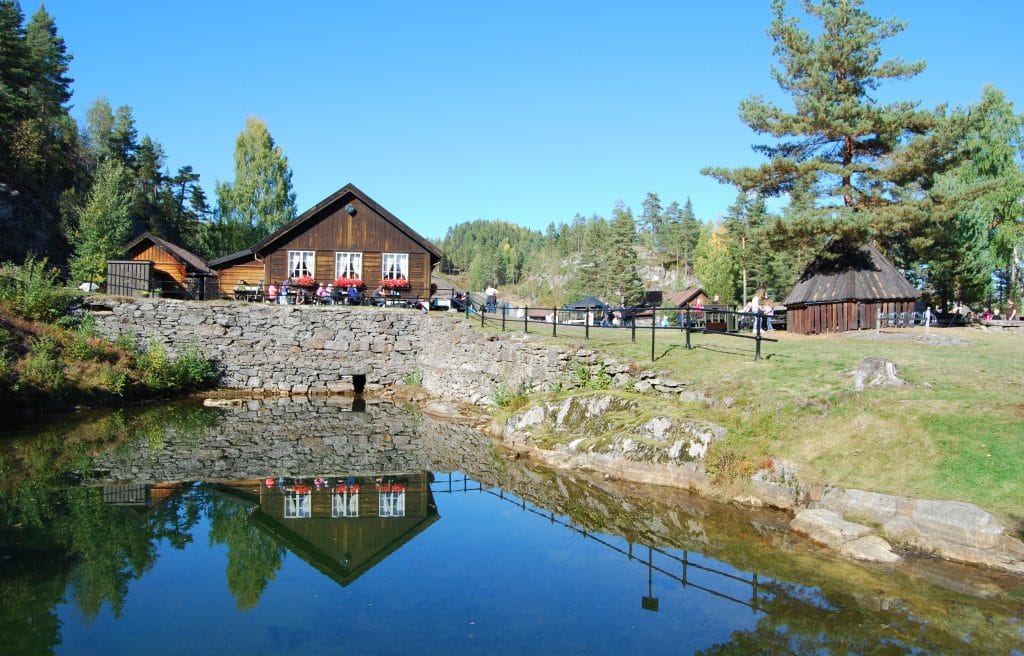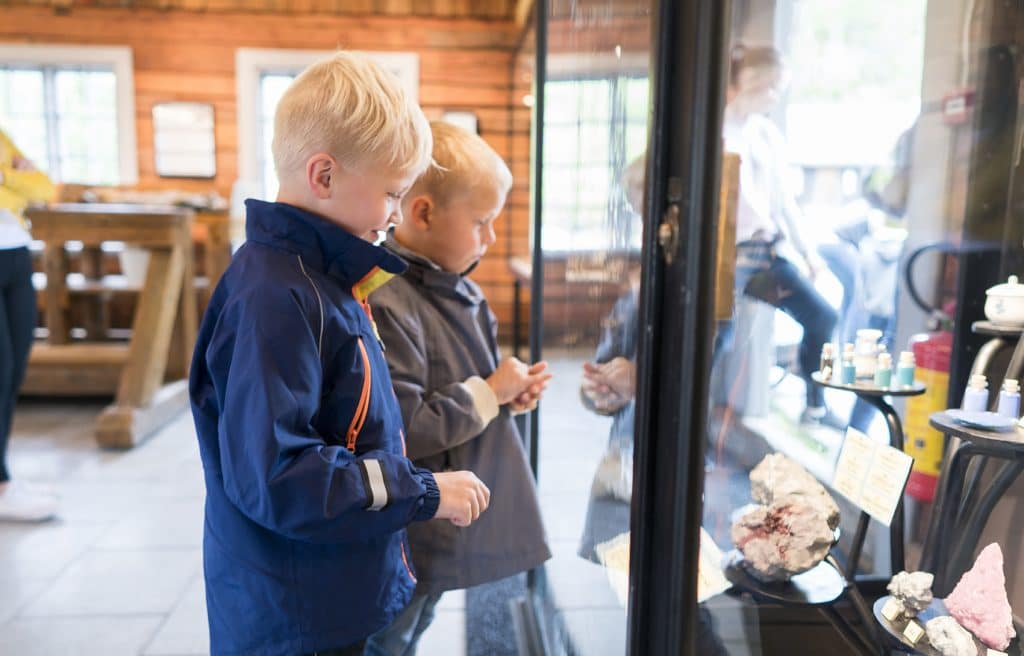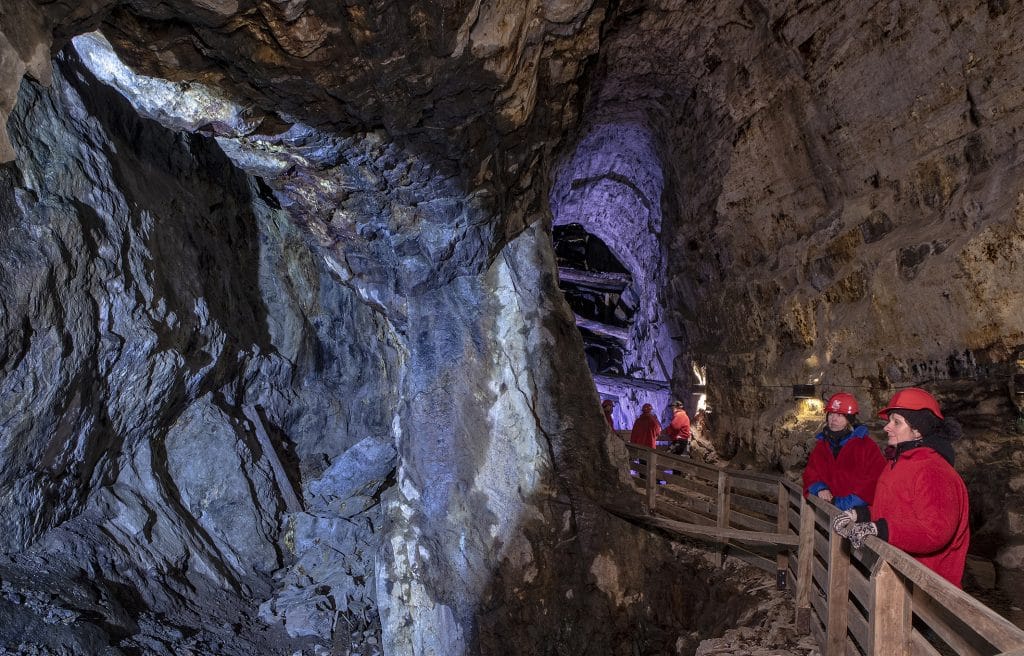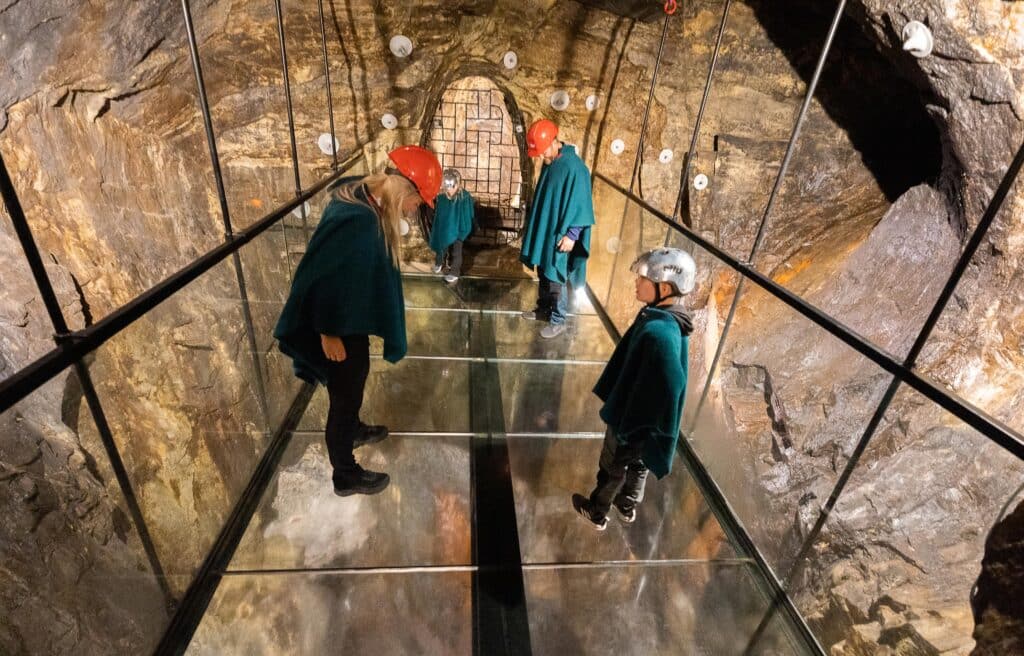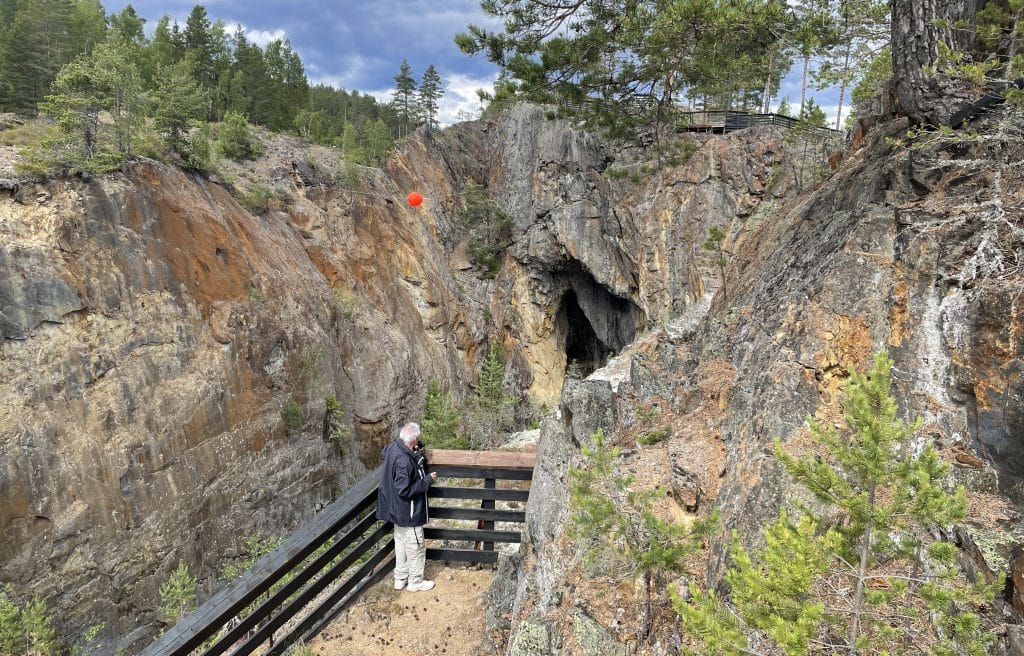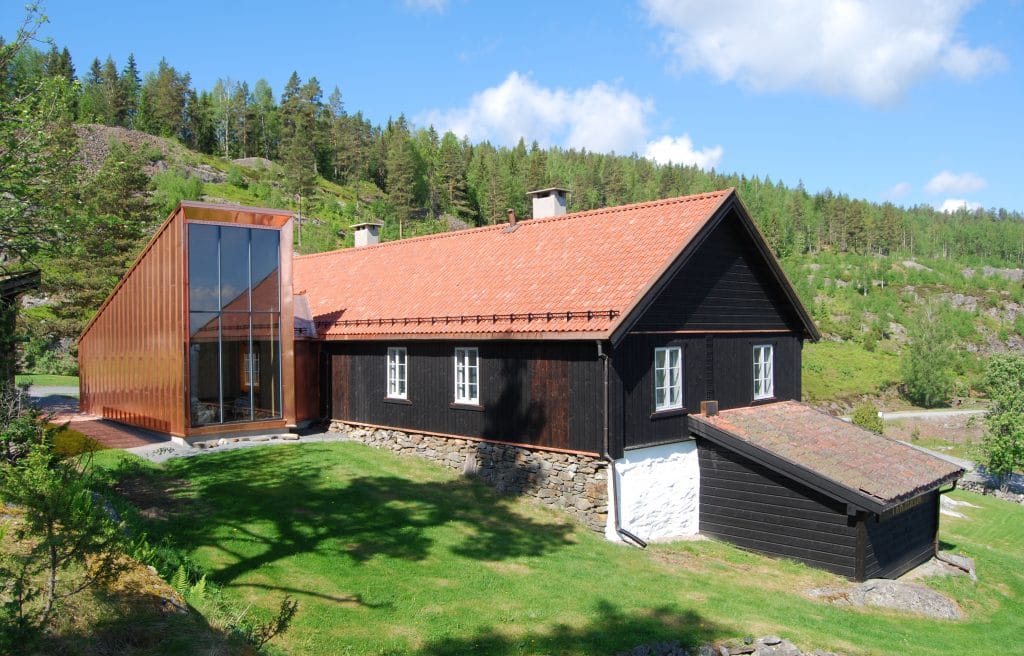Anniversary of the Cobalt Mines: 250 years since ore was discovered on Skuterudåsen
In the autumn of 1772, Ole Witloch made the very first discovery of cobalt ore on Skuterud Ridge. This was the beginning of Norway’s largest blue dye factory. This year we will reveal the story of the controversial Witloch and take you out into the mining landscape in “Jakten på funnstedet”—the Hunt for the Site.
Witloch’s discovery was the starting point of a tremendous development. Cobalt could be processed into an important dye product, leading to the establishment of the Cobalt Works plant under Haugfossen. This year we will be presenting new details about how this was built in collaboration with the Silverworks in Kongsberg and the Danish-Norwegian state.
The origin story of the Cobalt Works is an intriguing one. We look forward to presenting the latest research and information on Witloch’s pioneering role—not about just his discovery of the first site, but also the effects of cobalt mining both locally and nationally.
Activities
Følg kulturstien Nordgruvene Rundt og se stedet der det første malmfunnet ble gjort.

